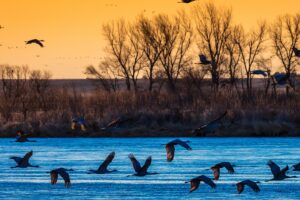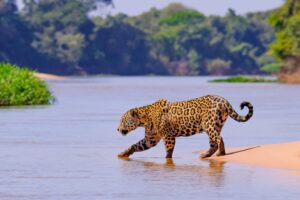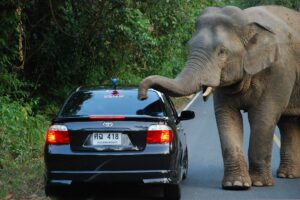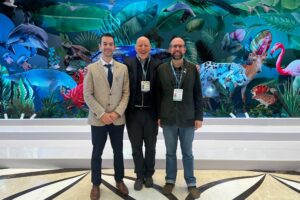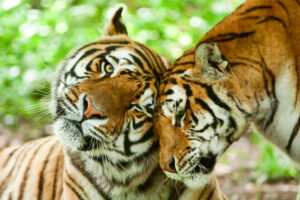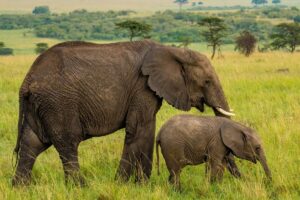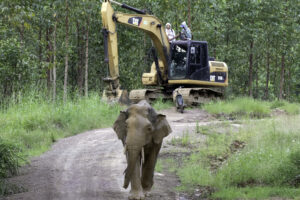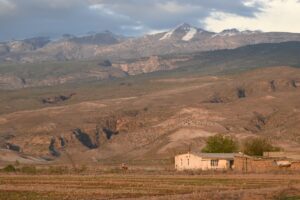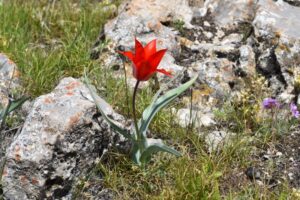Leave the Light Off: Helping Out Migratory Birds
A cloud of slate gray stirring above the riverbed. The synchronous flapping of wings, eager and ready for the journey to the north. During this time of year, an estimated 3.5 billion birds take flight toward the northern U.S. and Canada as the spring migration is underway. During the long journey, they will have to contend with a pernicious source of pollution emanating from towns and cities: artificial light. Birds rely on light as an indicator of daily and seasonal change, and human light “pollution” can have serious negative effects on migrating birds, jeopardizing their ability to move safely through the night sky.
